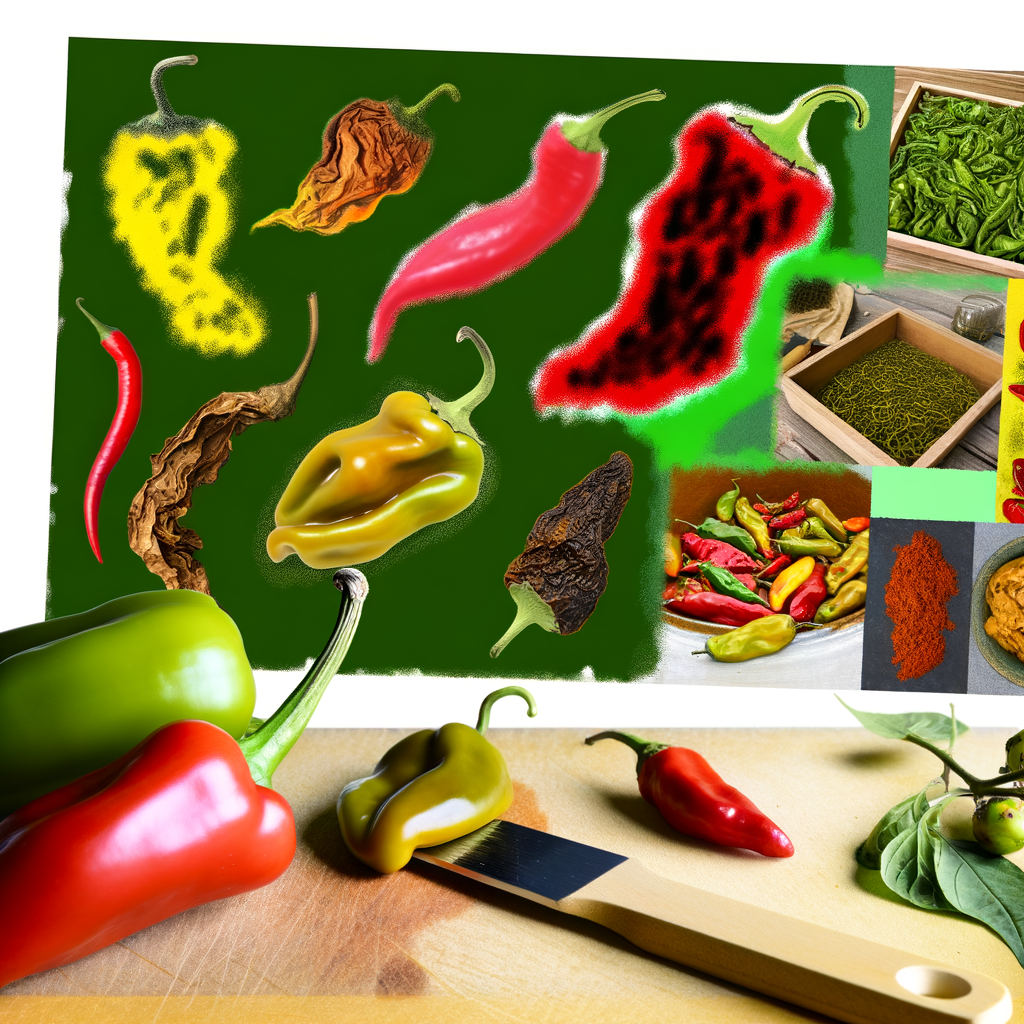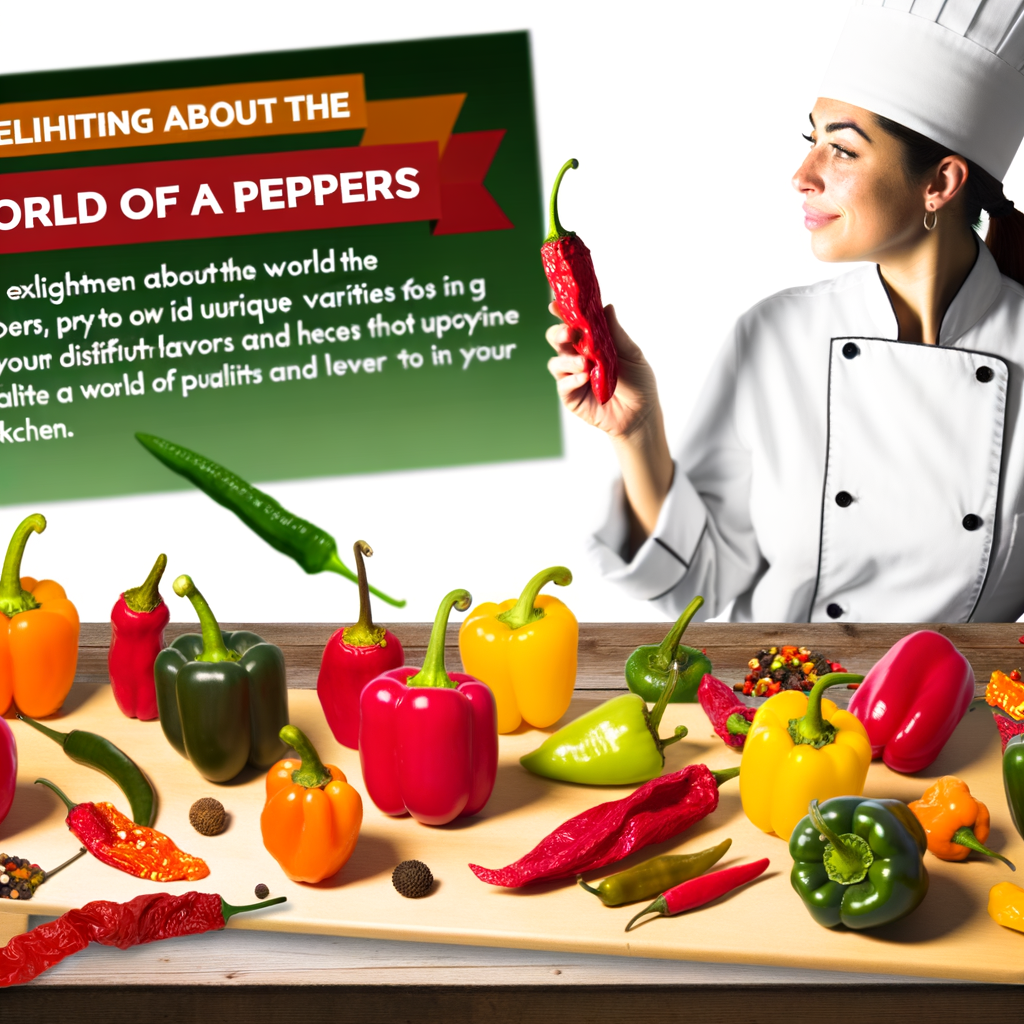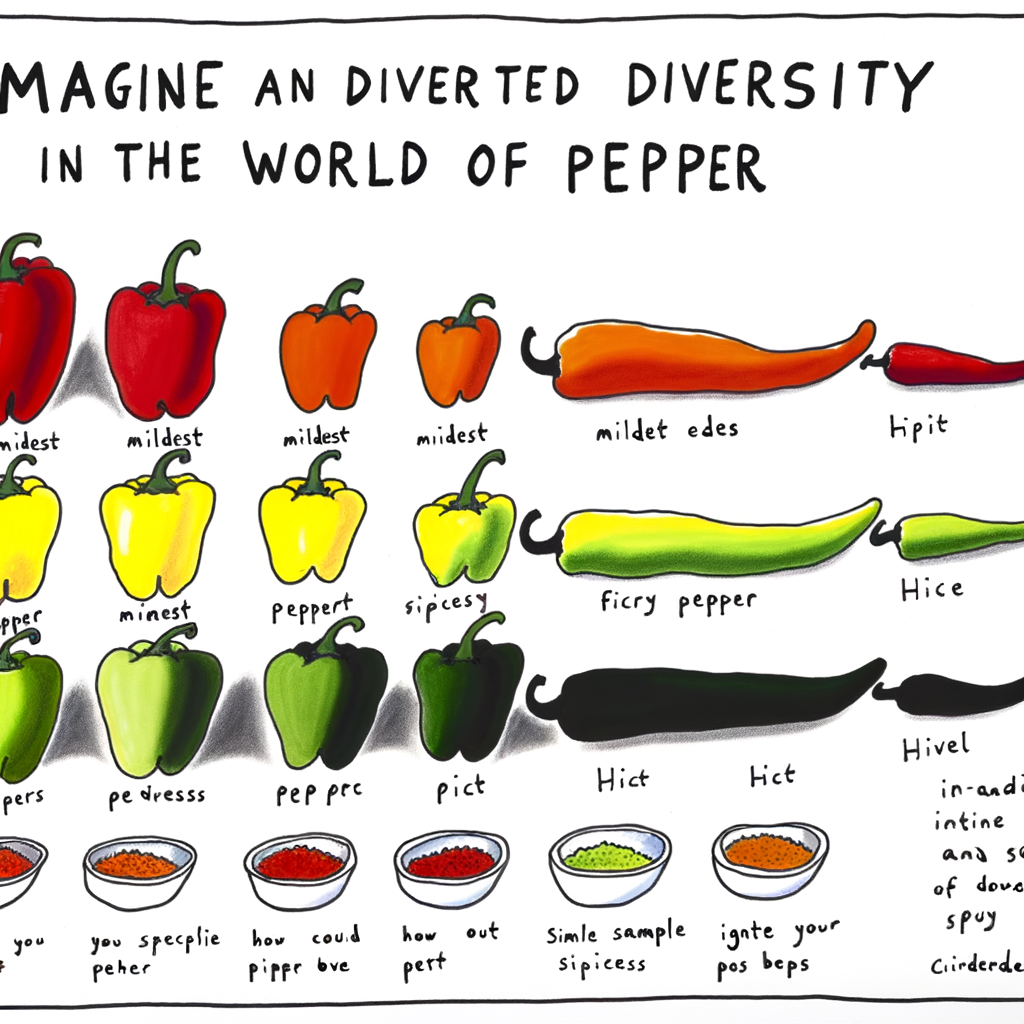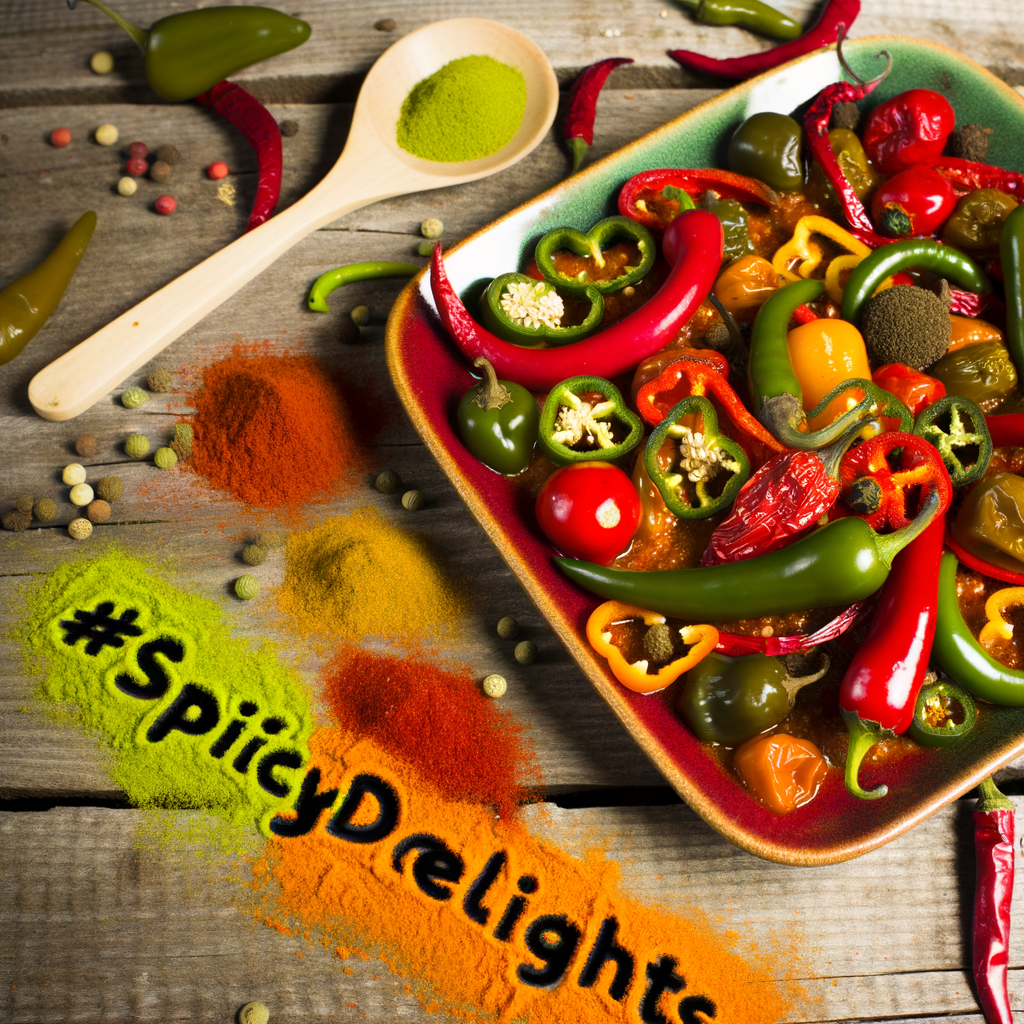Peppers have been a staple ingredient in European cuisine since the 15th century, when they were brought back from the New World by explorers. Over the centuries, peppers have evolved to become a vital component in a variety of dishes, adding a burst of flavor and heat to any meal. In this article, we will explore the different pepper varieties used in European cuisine and how they are used in traditional and modern dishes.
First, let’s start with the basics. There are two main types of peppers: sweet and hot. Sweet peppers, also known as bell peppers, come in a variety of colors and are often used in salads, stir-fries, and as a topping on pizzas. Hot peppers, on the other hand, add a spicy kick to dishes and are commonly used in salsas, curries, and marinades.
One of the most popular hot pepper varieties in Europe is the chili pepper, which comes in different levels of heat depending on the variety. Some popular chili peppers include the jalapeno, habanero, and cayenne. These peppers are often used in Mexican and Spanish cuisine, adding a fiery kick to dishes such as enchiladas and paella.
Another popular pepper variety in European cuisine is the paprika pepper, which is commonly used in Hungarian and Balkan dishes. Paprika peppers come in a range of flavors, from sweet and mild to smoky and spicy, and are often used in stews, soups, and meat dishes.
Lastly, let’s not forget about the pepper that started it all – black pepper. Although not native to Europe, black pepper has been a staple in European cuisine since the Middle Ages. This versatile spice is used in a variety of dishes, from savory to sweet, and adds a subtle heat and depth of flavor.
In conclusion, peppers are an essential component in European cuisine, adding both flavor and heat to dishes. Next time you’re cooking up a storm in the kitchen, don’t forget to incorporate some of these spicy delights to take your dishes to the next level!





